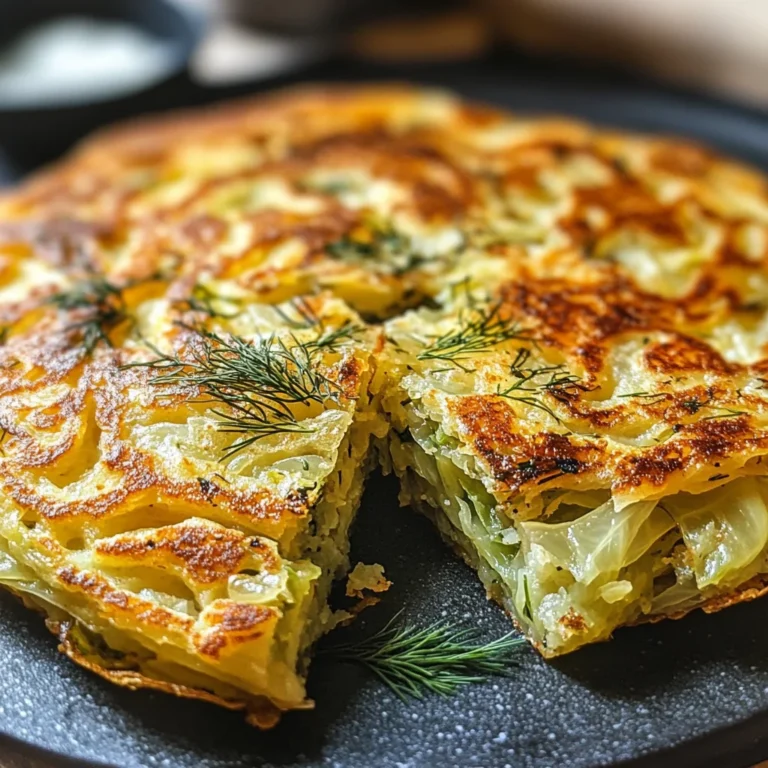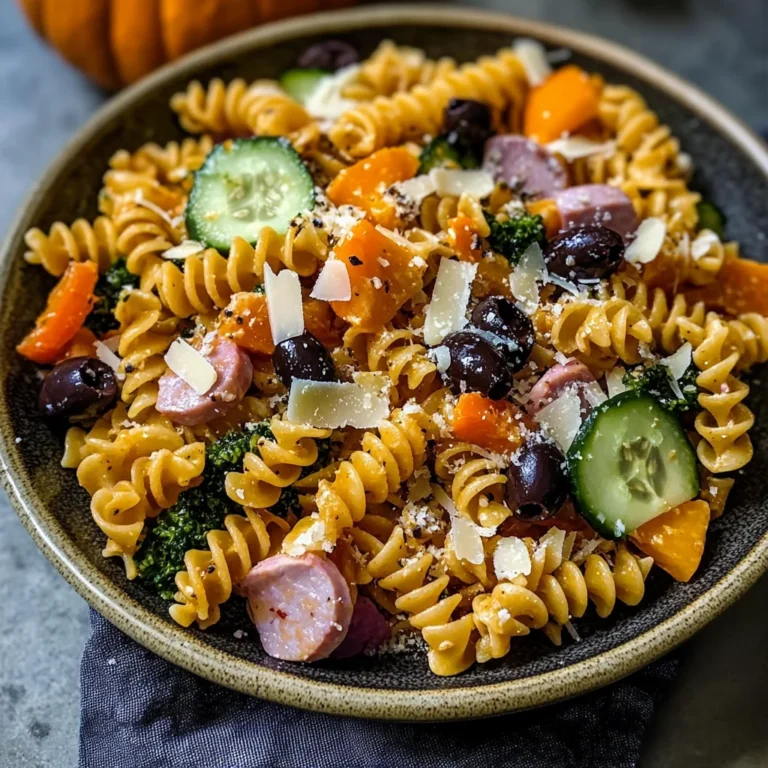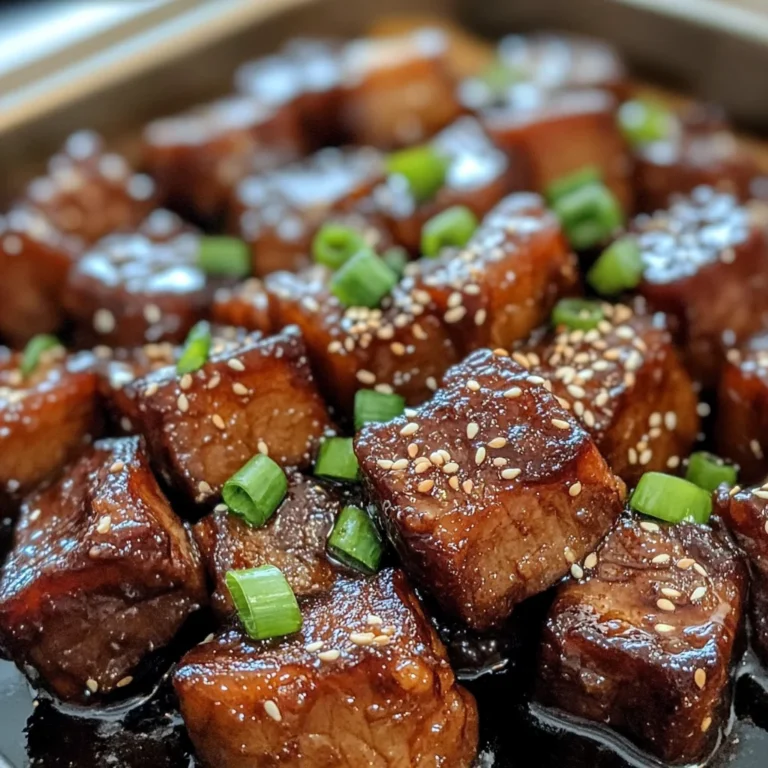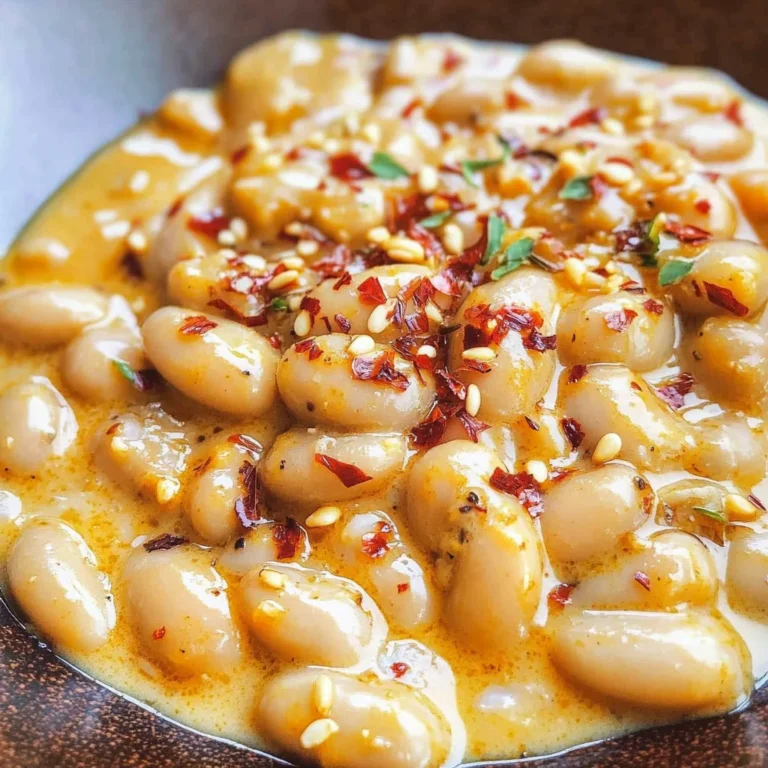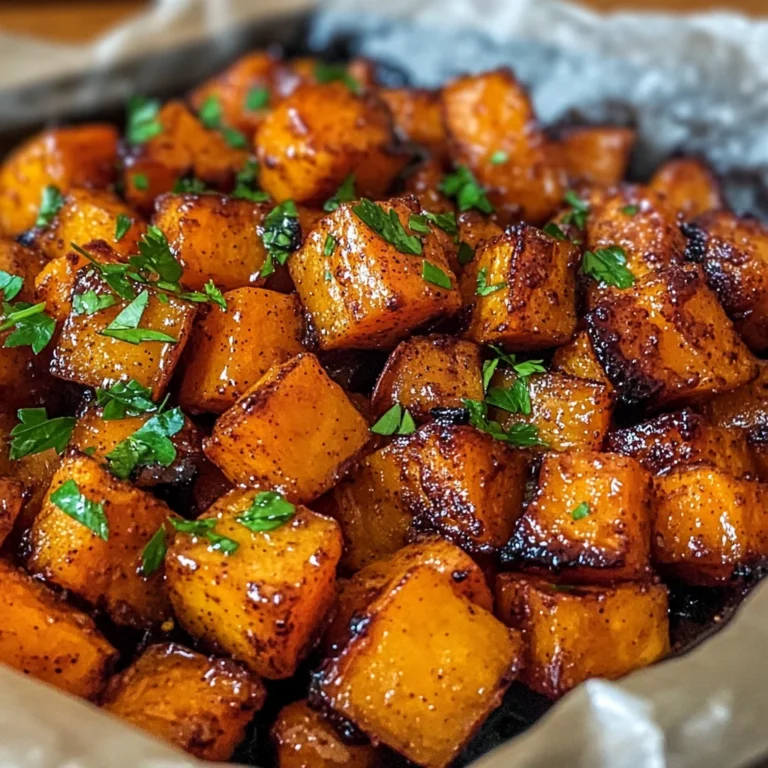Hibachi Vegetables
Hibachi Vegetables are a delightful blend of fresh ingredients that bring the flavors of Japanese cuisine right to your kitchen. This dish is perfect for any occasion, whether it’s a family dinner or a festive gathering. Enjoy the vibrant colors and satisfying textures of zucchini, yellow squash, mushrooms, and onions, all sautéed to perfection. The ease of preparation makes it an ideal choice for busy nights, while the savory taste keeps everyone coming back for more.
Why You’ll Love This Recipe
- Quick and Easy: This recipe takes only 30 minutes from prep to plate, making it perfect for weeknight meals.
- Flavorful and Fresh: A combination of fresh vegetables and soy sauce creates a delicious taste that rivals any restaurant.
- Versatile Side Dish: Pair these hibachi vegetables with rice, proteins, or serve as part of a larger spread.
- Healthy Option: Packed with nutrients and low in calories, this dish supports a balanced diet without sacrificing flavor.
- Customizable: Feel free to swap in your favorite seasonal vegetables or add spices to match your taste.
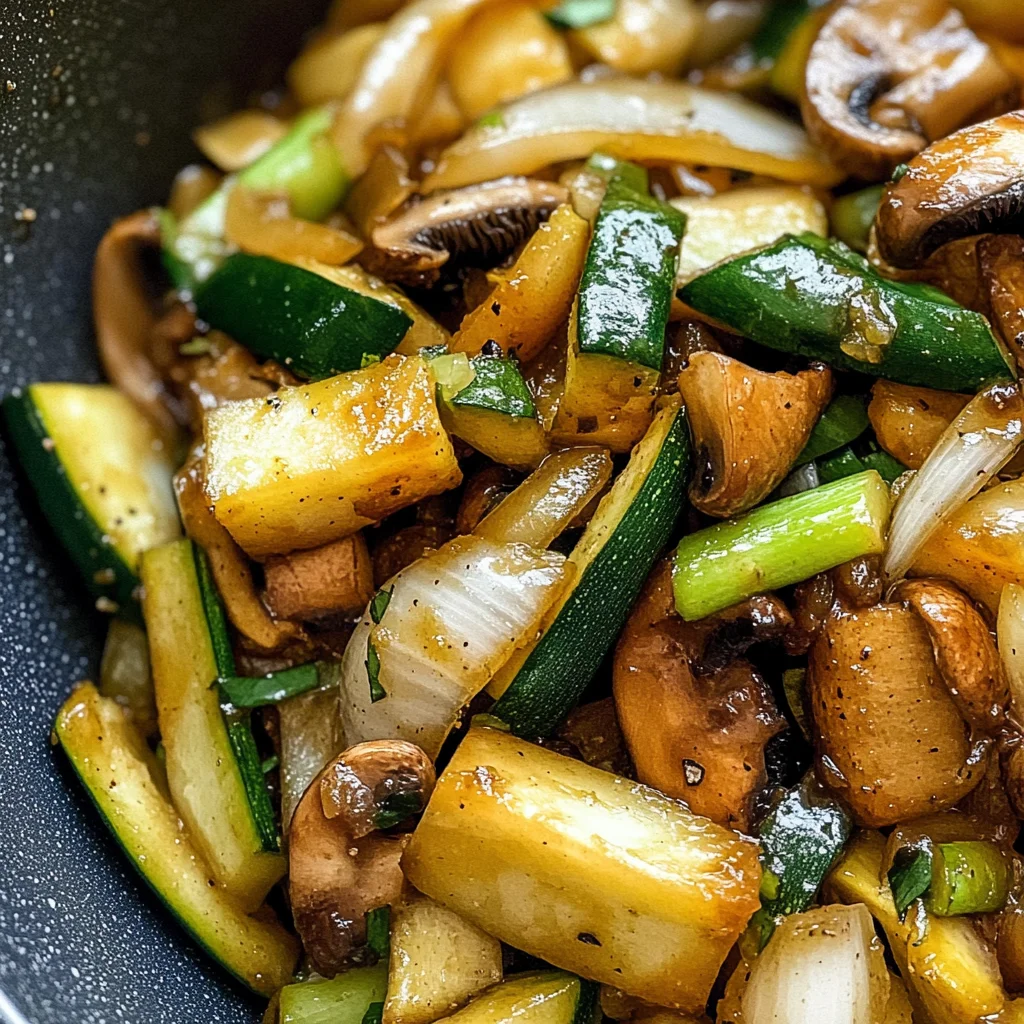
Tools and Preparation
To make hibachi vegetables, you’ll need some essential tools to ensure everything cooks evenly and efficiently.
Essential Tools and Equipment
- Wok or large skillet
- Cutting board
- Knife
- Spatula
Importance of Each Tool
- Wok or large skillet: Provides ample space for tossing vegetables evenly, promoting quick cooking.
- Cutting board: A sturdy surface ensures safe chopping of fresh vegetables.
- Knife: A sharp knife allows for precise cutting, which helps in even cooking.
- Spatula: Perfect for stirring; it prevents sticking and ensures that all veggies are cooked thoroughly.
Ingredients
Hibachi Vegetables are made with fresh yellow squash, zucchini, mushrooms, and onions. It is the same Japanese style restaurant version in the comfort of your own home.
For Hibachi Vegetables
- 1 tablespoon butter
- 2 tablespoons vegetable oil or olive oil
- 1 cup onion, quartered and thinly sliced
- 2 cups zucchini, cut into strips
- 2 cups yellow squash, cut into strips
- 1 cup mushrooms, sliced
- 2 teaspoons soy sauce
- 1/4 teaspoon salt
- 1/4 teaspoon ground black pepper
How to Make Hibachi Vegetables
Step 1: Heat the Pan
Begin the easy recipe by heating the wok or large skillet over medium-high heat. Add the 1 tablespoon butter and once it melts add in the 2 tablespoons oil.
Step 2: Sauté Onions
Add the 1 cup sliced onion and sauté for 2 minutes until it begins to soften and become translucent.
Step 3: Add Remaining Vegetables
Add in the prepared 2 cups zucchini, 2 cups yellow squash, and 1 cup mushrooms.
Step 4: Season Your Dish
Next, add in the 2 teaspoons soy sauce, 1/4 teaspoon salt, and 1/4 teaspoon ground black pepper. Continue to cook, stirring frequently until the vegetables soften to your preference, about 10 minutes.
Step 5: Serve Warm
Serve warm with hibachi style fried rice and yum yum sauce. Store any leftovers in the refrigerator in an airtight container up to 3 days.
How to Serve Hibachi Vegetables
Hibachi Vegetables are a delightful side dish that can elevate any meal. Here are some creative ways to serve them that will impress your family and friends.
Pair with Fried Rice
- Serve these vibrant vegetables alongside hibachi-style fried rice for a complete meal. The flavors blend beautifully, making it a satisfying option.
Add to Grilled Proteins
- Complement grilled chicken, beef, or shrimp by placing the vegetables on top. This adds color and nutrients to your protein plate.
Use as a Taco Filling
- Incorporate Hibachi Vegetables into tacos for a unique twist. Add some avocado and salsa for a fresh touch.
Serve as a Salad Topper
- Toss them over a bed of greens. This adds texture and flavor, creating a refreshing salad perfect for warm days.
Include in Stir-Fry Dishes
- Mix these vegetables into your favorite stir-fry recipes. They add depth and variety to your meals.
How to Perfect Hibachi Vegetables
Making perfect Hibachi Vegetables is easy with a few simple tips. Follow these suggestions to enhance your dish.
-
Use fresh ingredients: Fresh vegetables provide the best flavor and texture. Choose vibrant zucchini, squash, and mushrooms for optimal taste.
-
Adjust cooking time: Cook the vegetables until they reach your desired tenderness. Some may prefer crisp-tender while others enjoy them softer.
-
Don’t overcrowd the pan: Cooking in batches allows even heat distribution. This prevents steaming and ensures vegetables caramelize nicely.
-
Experiment with seasonings: Feel free to add garlic or ginger for extra flavor. These ingredients complement the soy sauce beautifully.
Best Side Dishes for Hibachi Vegetables
Hibachi Vegetables pair well with various side dishes that enhance their taste. Here are some suggestions:
-
Fried Rice
A classic hibachi side, this savory rice dish complements the flavors of the vegetables perfectly. -
Miso Soup
Light and flavorful, miso soup makes an excellent starter before serving hibachi dishes. -
Grilled Chicken Skewers
Tender chicken skewers seasoned with traditional spices are an ideal protein partner for Hibachi Vegetables. -
Seaweed Salad
A refreshing seaweed salad adds a unique texture and brings a taste of Japan to your table. -
Gyoza
These delicious dumplings can be filled with vegetables or meat, making them a great accompaniment to hibachi meals. -
Cucumber Salad
A cool cucumber salad dressed with sesame oil provides a crunchy contrast to the warm vegetables. -
Tempura Vegetables
Crispy tempura veggies make an exciting addition to any hibachi feast, enhancing the overall experience. -
Yum Yum Sauce
This creamy dipping sauce can be served on the side for those who enjoy an extra layer of flavor with their hibachi dishes.
Common Mistakes to Avoid
Avoiding common mistakes can enhance your Hibachi Vegetables experience. Here are some tips to help you perfect this dish.
- Skipping the Prepping Step: Always prepare your vegetables before cooking. This ensures even cooking and helps maintain their texture.
- Overcrowding the Pan: Too many vegetables in the pan can lead to steaming instead of sautéing. Cook in batches if necessary for best results.
- Neglecting Seasoning: Failing to season properly can result in bland flavors. Use soy sauce and spices generously for a vibrant taste.
- Using Low Heat: Cooking on low heat may prevent proper browning. Medium-high heat is key for achieving that delightful hibachi-style char.
- Ignoring Freshness: Using wilted or old vegetables will affect the taste and texture. Always opt for fresh produce for the best results.
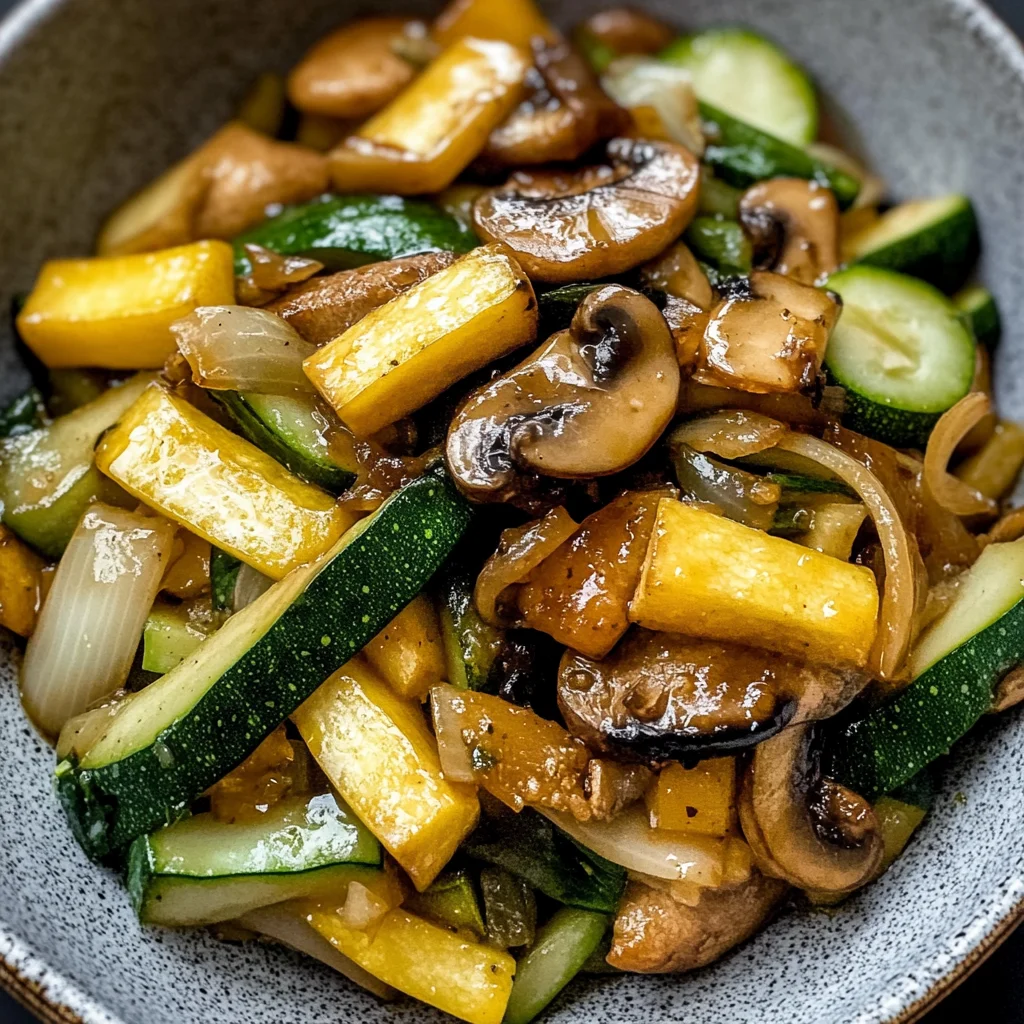
Storage & Reheating Instructions
Refrigerator Storage
- Store Hibachi Vegetables in an airtight container.
- They will stay fresh in the refrigerator for up to 3 days.
Freezing Hibachi Vegetables
- Use freezer-safe containers or bags for storage.
- Frozen Hibachi Vegetables can last up to 2 months.
Reheating Hibachi Vegetables
- Oven: Preheat to 350°F (175°C) and heat for about 10-15 minutes until warm.
- Microwave: Place in a microwave-safe container, cover, and heat for 1-2 minutes, stirring halfway through.
- Stovetop: Reheat in a skillet over medium heat, stirring occasionally until heated through.
Frequently Asked Questions
Here are some common questions about Hibachi Vegetables that might help you.
What are Hibachi Vegetables?
Hibachi Vegetables typically include zucchini, yellow squash, mushrooms, and onions, cooked with soy sauce for flavor.
Can I add other vegetables to Hibachi Vegetables?
Absolutely! Feel free to include bell peppers, carrots, or broccoli for added variety and nutrition.
How do I ensure my Hibachi Vegetables are crispy?
To achieve a crispy texture, cook them at medium-high heat without overcrowding the pan.
Are there any vegetarian options for Hibachi Vegetables?
Yes! The recipe is already vegetarian-friendly. You can serve them alongside rice or tofu for a complete meal.
Final Thoughts
Hibachi Vegetables are not only delicious but also versatile. You can easily customize this dish by adding your favorite veggies or adjusting the seasoning. Try it today for a comforting side that brings the flavor of Japanese cuisine right into your home!
Hibachi Vegetables
Hibachi Vegetables are a vibrant and flavorful side dish that brings the authentic taste of Japanese cuisine right to your dining table. This quick and easy recipe features fresh ingredients like zucchini, yellow squash, mushrooms, and onions, all sautéed to perfection with a hint of soy sauce. In just 30 minutes, you can prepare a colorful medley that not only enhances your meal but also satisfies your cravings for delicious comfort food. Ideal for busy weeknights or festive gatherings, these hibachi-style veggies are customizable to suit your preferences, making them a versatile addition to any dinner spread. Serve them alongside grilled proteins or as part of a larger feast for an unforgettable culinary experience.
- Prep Time: 10 minutes
- Cook Time: 20 minutes
- Total Time: 30 minutes
- Yield: Serves 4
- Category: Side Dish
- Method: Sautéing
- Cuisine: Japanese
Ingredients
- 1 tablespoon butter
- 2 tablespoons vegetable oil
- 1 cup onion (quartered and thinly sliced)
- 2 cups zucchini (cut into strips)
- 2 cups yellow squash (cut into strips)
- 1 cup mushrooms (sliced)
- 2 teaspoons soy sauce
- 1/4 teaspoon salt
- 1/4 teaspoon ground black pepper
Instructions
- Heat a wok or large skillet over medium-high heat. Add butter; once melted, pour in the vegetable oil.
- Sauté the sliced onions for about 2 minutes until they soften and become translucent.
- Add zucchini, yellow squash, and mushrooms to the pan.
- Season with soy sauce, salt, and pepper. Stir frequently and cook until vegetables reach desired tenderness (approximately 10 minutes).
- Serve warm alongside hibachi rice or grilled meats.
Nutrition
- Serving Size: 1 cup (150g)
- Calories: 140
- Sugar: 3g
- Sodium: 400mg
- Fat: 7g
- Saturated Fat: 3g
- Unsaturated Fat: 4g
- Trans Fat: 0g
- Carbohydrates: 16g
- Fiber: 4g
- Protein: 3g
- Cholesterol: 15mg


